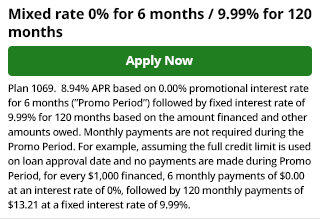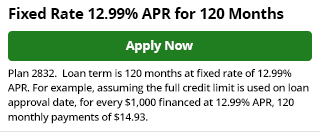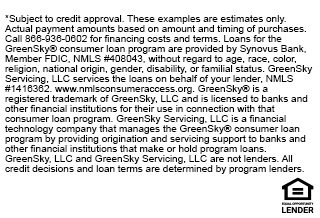Recessed lighting has made a comeback in a big way. This interior décor trend enhances homes and offices across the country. What is recessed lighting? What are the advantages or disadvantages of recessed lighting?
What Is Recessed Lighting?
Recessed lighting is a light fixture installed into an opening in the ceiling. The light focuses downward and sometimes these lights are adjustable and dimmable.
Recessed lighting was developed in the 1940s but didn’t become popular until the 1970s. Their use dropped off until the 2000s. Now that we have LED bulbs and smart technology, recessed lighting is being installed like never before.
Recessed lights are also referred to as:
- Canister lights
- Down lights
- Pot lights
Older homes with recessed lighting installed 20 years ago may now have dropped ceilings. The original recessed lighting might be covered by insulation. This is a big fire hazard and needs to be managed by your local electrical contractor.
Recessed Lighting Components
The three parts of recessed lighting are:
- Bulb – Pre-LED, bulbs for recessed lighting were a problem. Incandescent and halogen lights were often used. They produced more heat and used much more energy. LED bulbs come in a variety of colors and you won’t need to change the bulb for 10-20 years. LED bulbs are energy-efficient.
- Housing – The housing is the base of the light fixture, usually hidden within a wall or ceiling. It houses the electrical connections. Pre-LED, housing for recessed lighting had issues too.
- Trim – Trim is the visible part of recessed lighting and can be decorative. It may include baffles, reflectors, shades, and can be a variety of colors and materials.
Considerations: Lighting Colors
When you opt for a recessed lighting upgrade, the light color is a major consideration. Recessed lights can be dimmable but the primary color is important. The colors are measured in Kelvin.
- Cool, bright white – 6500K; the brightest end of the home and office spectrum
- Soft, warm white – Interior lights for home and offices, usually 2700K
- Warm, white light – 2700K-3200K for an inviting, pleasing atmosphere
- Work lights – 5000K adds a bluish tint to white lights; best for intense/extended work settings
How Many Recessed Lights Do You Need?
One general rule is to measure your ceiling and divide it by 2. That means if your ceiling is 8´ high, you should space recessed lights four feet apart.
Here’s another formula:
total sq. footage x 1.5 = total wattage needed
total wattage ÷ 60 watts (or the wattage you need)
= total amount of recessed lights
Example: 240 sq.ft. room x 1.5 = 360 ÷ 60 (bulb wattage)
= 6 recessed lights needed
Why Choose Recessed Lighting?
The advantages of recessed lighting are numerous. LED bulbs are 5 times more energy-efficient than traditional lighting. Recessed lighting improves your property value, but it also makes each room appear larger. This is a psychological advantage if you’re selling your home in a buyer’s market.
Recessed lighting is an affordable upgrade that delivers dramatic results; perfect for:
Recessed lighting installation is not a DIY (do-it-yourself) job. The code and wiring requirements for our area of Arizona should be followed. Also, if property damage occurs as the result of a DIY light installation, your insurance company can deny coverage.
The paperwork and peace of mind of professional overhead light installation are too valuable to ignore.
TIO Electric: Your Project Partners
The national average cost for recessed lighting installation in 2021 is $130-$150 per fixture. This includes materials and labor. There are many variables that can affect the price. One is your location in the U.S. Other variables include the complexity of your structure and if your Arizona electrical contractor offers a bulk installation discount.
Contact Turn It On Electric to discuss prices for recessed lighting installation in your home or commercial building. Your project is affordable and doable. Let’s get started!










